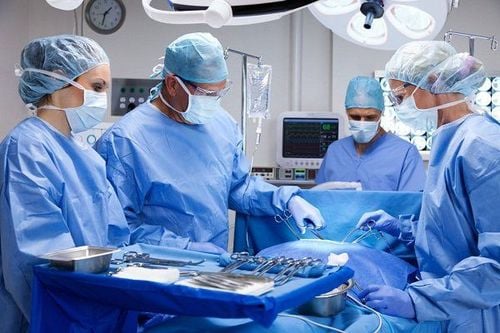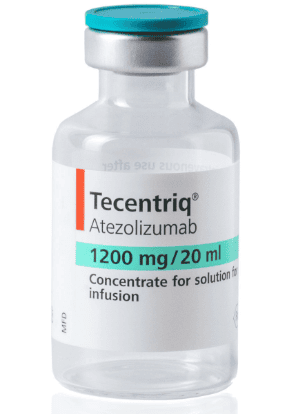This is an automatically translated article.
Breast cancer is one of the most common cancers in women, and can lead to death if not treated promptly. Today, with medical breakthroughs, breast cancer patients have more treatment options.
1. What is a mastectomy?
Mastectomy is a method of treating breast cancer by removing the breast or surrounding tissue. In the past, total mastectomy was often considered the standard treatment for breast cancer. This type of surgery usually completely removes the breast, the lymph nodes in the armpit, and some of the pectoral muscles under the breast. However, over the past two decades, human medicine has made breakthroughs in the field of surgery, including surgery for breast cancer. Therefore, women with the disease will have more optimal, safe and effective options.
Mastectomy options will depend on the following patient conditions, including:
Age; General health; Menopause status; The size of the tumor; Advanced stage of the tumor (how far it has spread); In which direction is the tumor growing (normally or rapidly); The tumor's hormone receptor status; Associated lymph nodes.
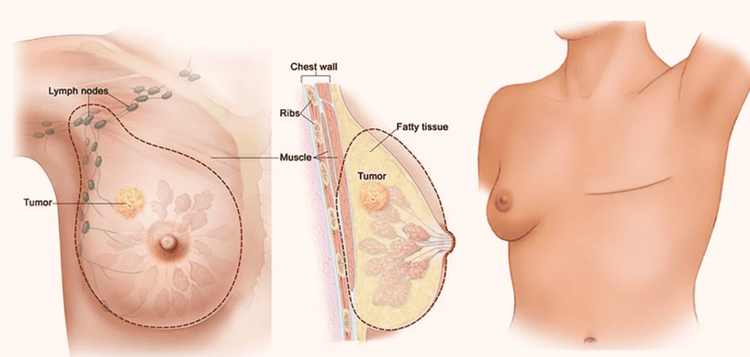
2. What is a total mastectomy?
This is a simple mastectomy in which the doctor removes the entire breast, including the patient's nipple. In addition, lymph nodes and small glands in the body's immune system are also removed from the armpit.
Total mastectomy is often used when the cancer has not spread beyond the breast, or if you are having a prophylactic mastectomy to reduce your risk of breast cancer.
Trắc nghiệm: Những lầm tưởng và sự thật về ung thư vú
Ung thư vú có tỷ lệ tử vong cao nhất ở nữ giới khiến họ rất lo sợ bản thân mắc phải căn bệnh này. Tuy nhiên, không ít chị em có những hiểu biết thái quá về ung thư vú. Thử sức cùng bài trắc nghiệm sau sẽ giúp bạn loại bỏ được những nghi ngờ không đúng về căn bệnh này.
Bài dịch từ: webmd.com
3. What is prophylactic mastectomy?
This method of surgery is usually indicated for women who are at high risk for breast cancer. Studies show that the risk of breast cancer is reduced by up to 90% after a prophylactic mastectomy.
Usually, doctors will encourage patients to undergo surgery to remove the entire breast, including the breast and nipple. In certain cases, the patient may have to have both breasts removed, this is called a double mastectomy.
Some people with breast cancer also decide to have a prophylactic mastectomy to remove the other breast, in order to reduce the chance of the cancer coming back.
Alternatively, if you desire breast reconstruction, it can be done at the time of prophylactic mastectomy (immediate reconstruction), or after surgery (slow reconstruction). During breast reconstruction, your doctor will use a synthetic implant or flap of tissue from another part of your body to create a breast.
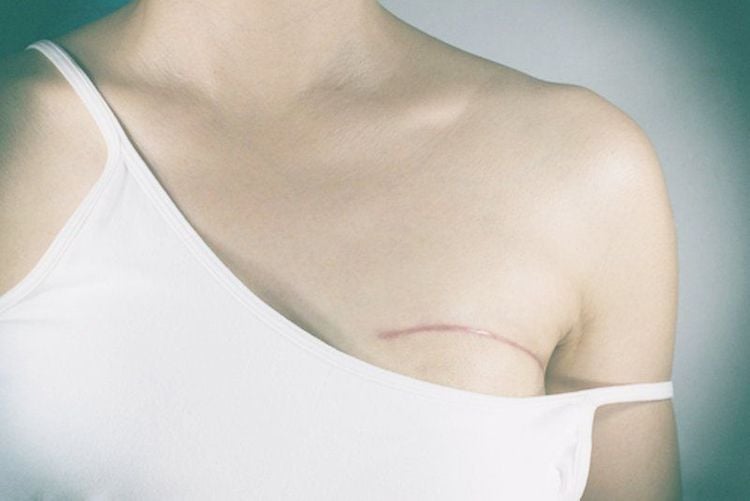
4. What is a partial mastectomy?
Partial mastectomy is usually done for women with stage I and II breast cancer. In this method, the tumor and the tissue surrounding the breast are removed.
Surgery is usually followed by radiation therapy to the remaining breast tissue, where the doctor uses X-rays to shine on the breast tissue, then kills the cancer cells and prevents them from becoming viable. contagiousness, or recurrence.
There are two main types of partial mastectomy, including:
Tumor removal surgery: tumor, including a small area surrounding the tumor without cancer, will be removed. Partial mastectomy: removes the tumor and more breast tissue than a lumpectomy. In some cases, a patient may have to continue with other surgeries after a partial mastectomy. If cancer cells are still present inside the breast tissue, you will need to have the entire breast removed.
5. What is a radical mastectomy?
Radical mastectomy is the complete removal of the breast, including the nipple. During the surgery, the skin, the muscles underneath the breast, and the lymph nodes are removed.
However, in practice this surgical method is often not very effective, so it is rarely used, unless the cancer has spread to the chest muscle.
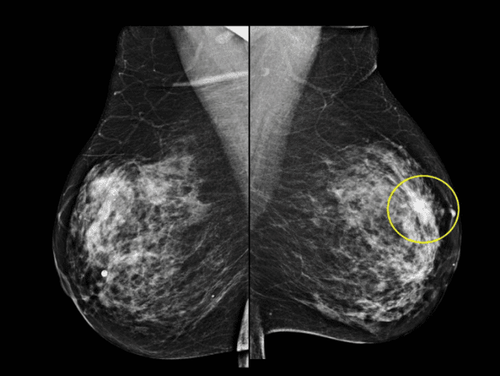
6. What is modified radical mastectomy?
Modified radical mastectomy (MRM) is a less traumatic procedure, and is more widely used than other procedures. With this surgery, the doctor removes the entire breast, along with the lymph nodes under the patient's arm. Although the chest muscles are still intact, the skin covering the chest wall may also be removed. Alternatively, the patient may decide to undergo breast reconstruction immediately afterwards.
7. What is a mastectomy?
In this surgery, the doctor removes parts of the nipple, breast tissue and areola, but it saves most of the skin on the breast. This type of surgery is only used in cases of breast reconstruction after a mastectomy. On the other hand, it is also not an appropriate option if the tumor in the breast has enlarged, or is close to the surface of the skin.
8. What is nipple-sparing mastectomy?
For this surgery, the doctor removes all of the breast tissue, including the areola and the ducts leading to the nipple. However, the skin in the areola and nipple will be preserved, only removing the tissue below and around them. If these areas are free of cancer, they can be kept. This method is also called immediate reconstruction after a mastectomy.
8.1 Before mastectomy
Here are the steps the patient needs to take before surgery, including:
Change into a hospital gown; You will be waiting for your surgery in the preoperative room. This is where your friends and family can visit; The nurse will use a felt marker to draw on the patient's chest - the area where the surgery is performed; You will then be sedated;
8.2 During a mastectomy
The mastectomy will be done as follows:
You may need to stay in the operating room for 2-3 hours, or more if you have a breast reconstruction right after; The doctor will make an incision, and separate the breast tissue from the skin above and below the breast; In case you are having axillary lymph node dissection or sentinel node dissection, surgical procedures will continue to take place; Breast reconstruction cases will be performed by a plastic surgeon; Some patients will have a drainage tube placed in the breast and armpit to prevent fluids from entering the tumor site; Finally, the surgeon will stitch the incision closed, and cover the incision with a bandage wrapped around the chest.
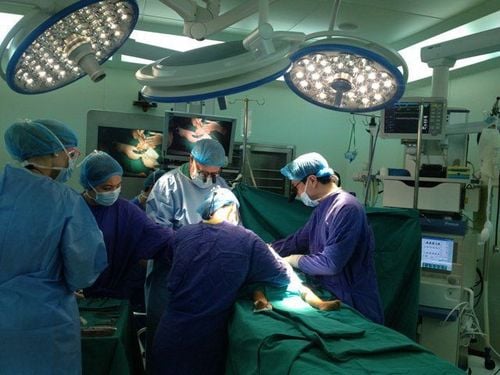
8.3 After a mastectomy
After the surgery is completed successfully, the patient will be transferred to the recovery room to monitor the heart rate, blood pressure and body temperature.
After you wake up, you will be taken to the hospital room and stay here for 1-2 days, even longer if you have had breast reconstruction surgery.
Here are some tips for post-operative care:
Medication: you may be given pain medication
Care options, including:
Incisions: the wound dressing will be kept until first follow-up visit Drainage: may be removed before you leave the hospital, or remain in place until your first follow-up visit Sutures: sutures may dissolve on their own, however Some sutures are not biodegradable and need to be removed at the follow-up visit. Complications: Some complications can occur after a mastectomy, such as infection and lymphedema, swelling after lymph node removal.
Physical exercise after surgery: helps prevent stiffness in the area where surgery is performed. Exercises should be started the morning after surgery.
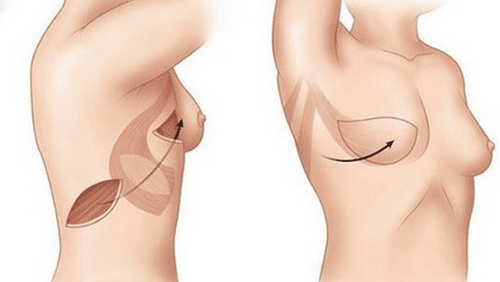
9. Tips for Rehabilitation After Surgery
When you go home, you need to strictly follow the plan suggested by your doctor, including:
Get enough rest: in the first weeks after surgery, you need to get plenty of rest to help your health quickly. quick recovery. Medication use: Take the medicine exactly as prescribed by your doctor. Keep the incision area dry: you should use a cotton swab when showering, absolutely do not take a bath or shower until the stitch has completely healed. Gentle movement: helps prevent arm stiffness. Ask for help from others: it will take a long time for you to fully recover, so in certain tasks you can ask for help from those around you, such as cooking. eat, do housework, shop, take care of kids, pets, go to the doctor, or anything that you find difficult to do on your own. Early cancer screening is considered the perfect measure in timely detection and treatment of cancers. Reduce the cost of treatment and especially reduce the mortality rate in patients. Vinmec International General Hospital always deploys and introduces to customers HIGH-TECH CANCER CHECKLIST AND SCREENING PACKAGE for gene testing, imaging, and biomarkers for early tumor detection. Vinmec International General Hospital has many early cancer screening packages. Only one gene test can assess the risk of 16 common cancers in both men and women (lung cancer, colon cancer) rectal cancer , breast cancer , pancreatic cancer , cervical cancer , stomach cancer , prostate cancer ,....)
Early detection of early signs of cancer through diagnosis imaging, endoscopy and ultrasound. The operation is simple, careful and accurate. A team of well-trained specialists, especially in oncology, are capable of handling cancer cases. With facilities, advanced and modern medical equipment and a team of doctors with deep expertise and experience. At Vinmec, the examination process becomes quick with accurate results, saving costs and time for patients.
>> See more: Rehabilitation exercises after breast cancer treatment - Article by Master Vu Van Minh - Chief Technician at Rehabilitation Department - Vinmec Times City International Hospital
Please dial HOTLINE for more information or register for an appointment HERE. Download MyVinmec app to make appointments faster and to manage your bookings easily.
Reference source: webmd.com





